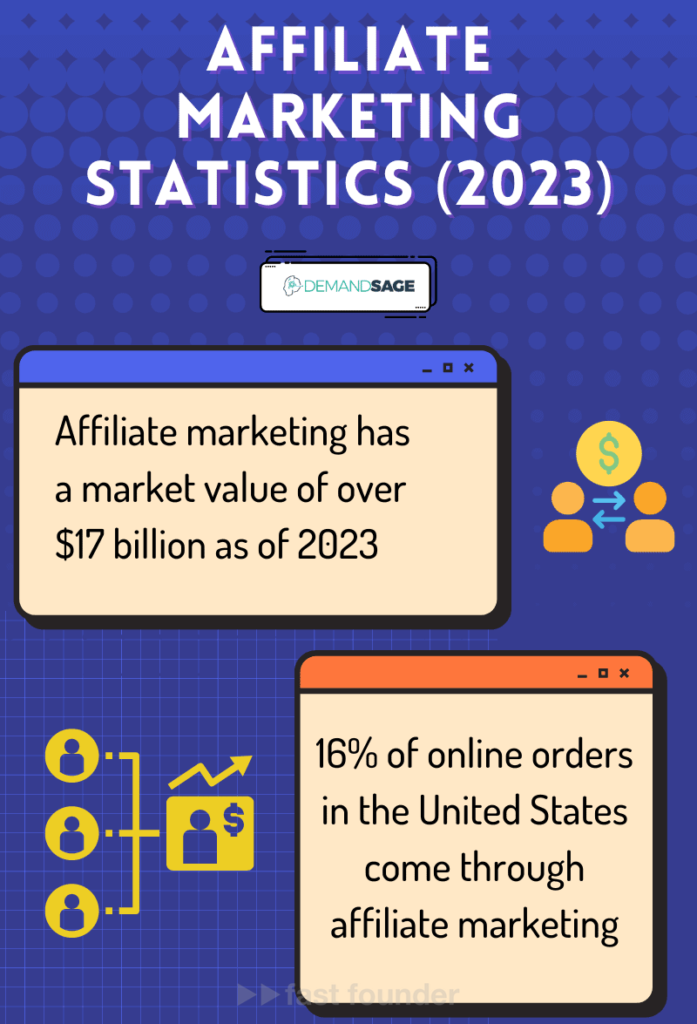Affiliate marketing is a big market worth 17 billion dollars. In the US, 16% of all online orders come through affiliates! This usually involves simple affiliate links. But this startup offers a new technology in place of them, with a much higher conversion rate to purchase. And this is a trend — one that can be quickly entered by copying its technology.
THE ESSENCE OF THE PROJECT

Katalys is developing the “media for e-commerce” (commerce media) direction – creating technological solutions that help online publications earn from product sales.

The idea is for readers of online publications to be able to quickly and easily purchase products mentioned in the articles of online publications.
For instance, a woman reads an article about skincare products in a magazine – and can immediately buy one of them to try. Or you read a review of newly released gadgets – and can make an impulsive purchase without waiting for reason to prevail over emotions 😉

The main feature is that to buy a product, the reader does not need to go to the online store website. You can order and pay for the product right on the publication’s website in a special widget – where information about the availability and price of the product is pulled in real time, and from where the information about the made order is sent to the seller in the same mode.
Such widgets of the publication can be inserted into article texts – at the same time, the widget can be expanded by clicking on the product name, for example. Or inside the videos with product reviews posted on the site. Or cram it inside your application. In all these cases, a person will not have to go anywhere to make a purchase.

And the publication will not turn into an online store with a product catalog and other frills. The publication will remain a publication – but will receive a new source of additional income in the form of percentages from purchases made through these widgets.

Earlier, a similar model was implemented using affiliate links. But they took the reader away from the publication, and the publication lost the number of article views. Moreover, links to a large store with a bunch of products, oddly enough, reduced conversion to purchase – because the person’s attention was immediately scattered. The mechanism of embedded widgets does not take the person anywhere and focuses his attention on one product – which is much better.
Editors of publications can choose products to show in widgets themselves on a special marketplace of the platform. In the marketplace catalog, products can be found by categories, brands … and by the size of commissions, which the publication can receive from the sale of this product. In this way, the publication can ensure the relevance of products inserted into the article, and maximize revenue from their placement.

Quite respectable publications cooperate with Katalys. And this confirms that the model brings money, but does not drop the image of the publication in the eyes of readers.

The startup collaborates with 1.5 thousand publications with a total audience reach of 400 million people. On the platform’s marketplace, publications can find 10 thousand products for advertising. Over several years of existence, sales of $100 million have been generated through the platform.
Katalys has now attracted a new investment round of $5.4 million, increasing the total investment in the project to $8.4 million.
What’s interesting

The main offer for sellers, who should want to sell their products through Katalys widgets is – “turn the whole internet into your showcase”. In other words, don’t spend money on driving traffic to your site – sell right where people already hang out, reading quality and relevant content.

This concept is known as “distributed commerce”. Its advantage is that it helps to increase conversion to purchase – which usually significantly drops at the moment visitors transition from the site where the advertisement is placed, to the online store site.

I first stumbled upon this term last fall when writing about the startup Fermat. They created a platform similar to Katalys – but for bloggers, who similarly can insert widgets with products into their blogs, products they would like to sell through their blog and earn from. Fermat raised $12 million in investments.

A similar principle is employed by the startup Rye. They allow developers to embed similar widgets in their applications through their platform’s API. They raised $14 million.
The widgets described today are the development of the affiliate marketing concept, where affiliate links were mainly used before.

The beauty is that the affiliate marketing (affilate marketing) market is very large. Its size on a global scale is estimated at $17 billion. And in the US, for instance, a whole 16% of all orders made on the internet are carried out through affiliates.
And now this entire affiliate market needs to transition from the old link technology to the new widget technology 😉
Where to run

Moreover, not only is the affiliate marketing market large, it continues to grow! This is because traditional advertising is becoming increasingly expensive. Which makes sellers think about whether they “need checkers or to go” 😉
In the sense, do they need to spend money to drive traffic to their sites, or do they need to sell no matter where – even on other people’s sites, but where their potential buyers’ audience already exists. The answer, in my opinion, is obvious. And sellers are gradually coming to understand this too. Hence, the growing popularity of solutions with widgets, which allow selling directly on partners’ sites and in their apps.
If this trend continues, there might appear sellers who do not have their own sites at all. Why would they need them? 😉 If they can sell anywhere they want – and even with a much larger audience reach.
Well, maybe it won’t come to that. But the fact that solutions expanding and optimizing the infrastructure of distributed commerce will become more in demand and popular – is inevitable.
This means that now is the time to engage in the creation of platforms with new technological solutions for distributed commerce – using today’s mentioned Katalys, Fermat, or Rye as examples for inspiration and copying.
About the company
Katalys Website: katalys.com
Last round: $5.4M, 21.09.2023
Total investments: $8.4M, rounds: 3
